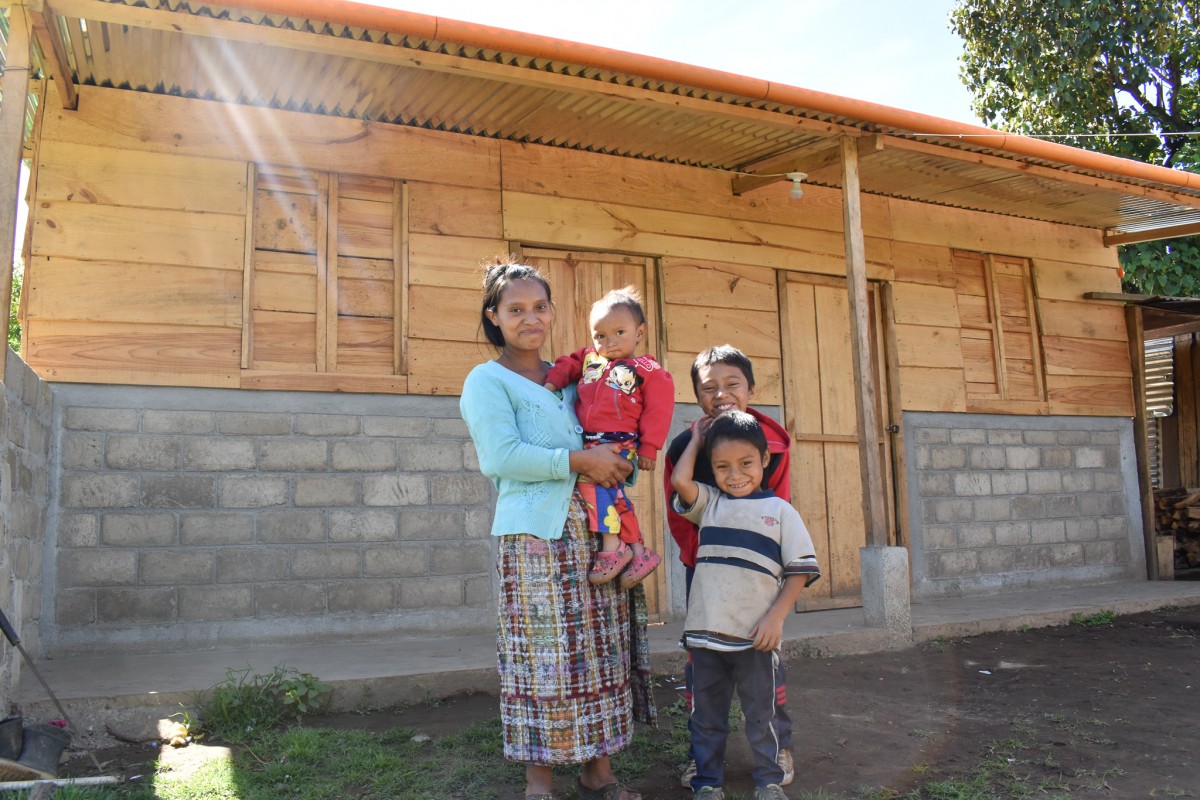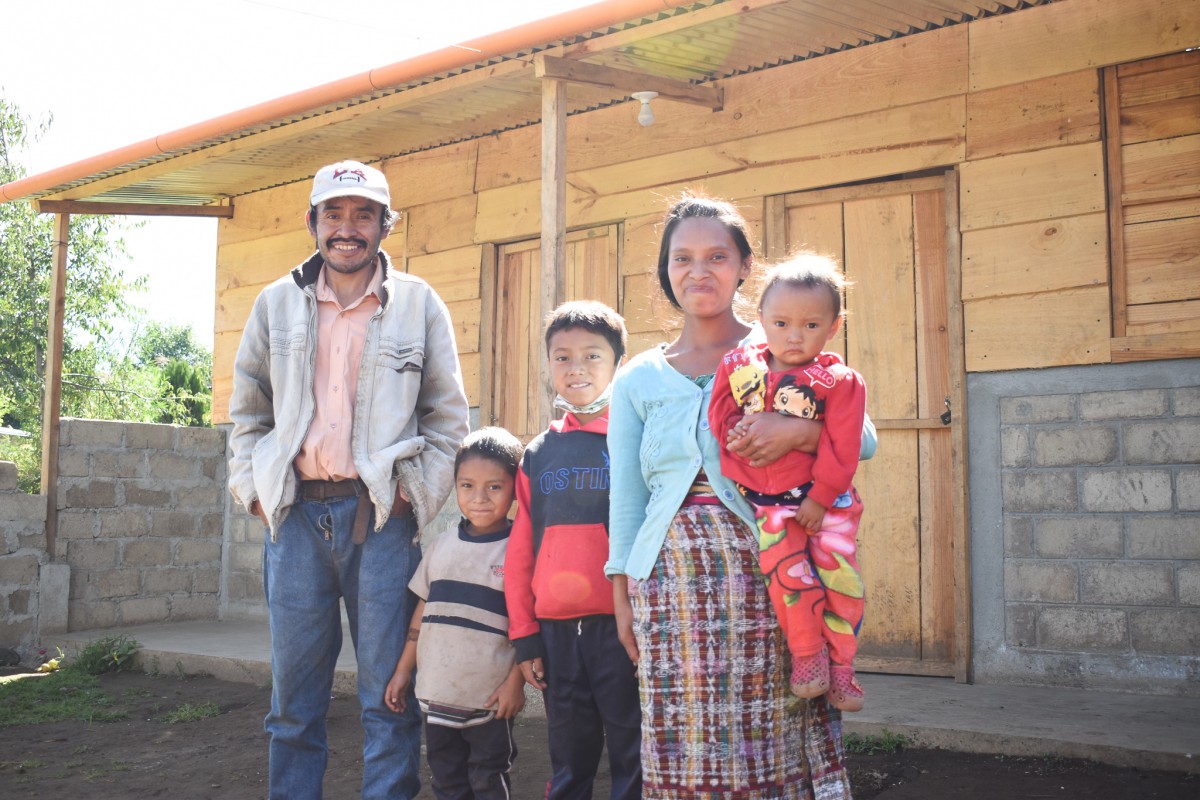Santa Florencia Zet – Hybrid House Program – Home for a Home

Santa (38), her husband, Alfredo (37) and their seven children, Julissa (15), Abner (13), Vicky (10), Ilse (8), Elma (4) Abdias (2.5) and baby Juan (6 months), are the owners of a new Hybrid House in the community of Aldea Panyebar, San Juan la Laguna, Sololá. Alfredo works in the fields, while Santa stays home taking care of the children.
Our new Hybrid House solution is a two-room home built with a mix of traditional materials: adobe blocks, cement blocks, and wood. This solution is partially subsidized which means that beneficiary families are asked to contribute towards the cost of materials and provide labor such as preparing adobe blocks, among other tasks.


Before partnering with Home for a Home and Habitat Guatemala, Santa’s family used to live in a small house built out of corrugated metal sheets and wood with ground floor. “Since we got married, we have been living like that for over 15 years, my children grow up like that. I was always hoping for a proper house for my children. Now, it is a reality.” – mentions Santa.
When asked how she feels about their new home, Santa answers, “We are very content! Now, all of my children are safe, they feel happy to. We are grateful to God for this gift. Now, we no longer feel cold during the night, we feel warmer.”



As part of the Hybrid House Programs, families also receive a latrine and a smokeless stove. This helps them improve their health by giving them adequate access to proper sanitation and a smoke-free environment. Santa used to cook on an open flame on the floor, causing the smoke to stay inside their house. “Our products have helped us improved in many ways, no more smoke inside our kitchen, the water tastes good and the latrine is in better conditions.” says Santa.
Santa finishes by sharing a message with the donors, “Thanks to God, for giving us this opportunity to send our greetings to all of you. Thank you all for your support, every day I asked God to keep on blessing you and your family.”


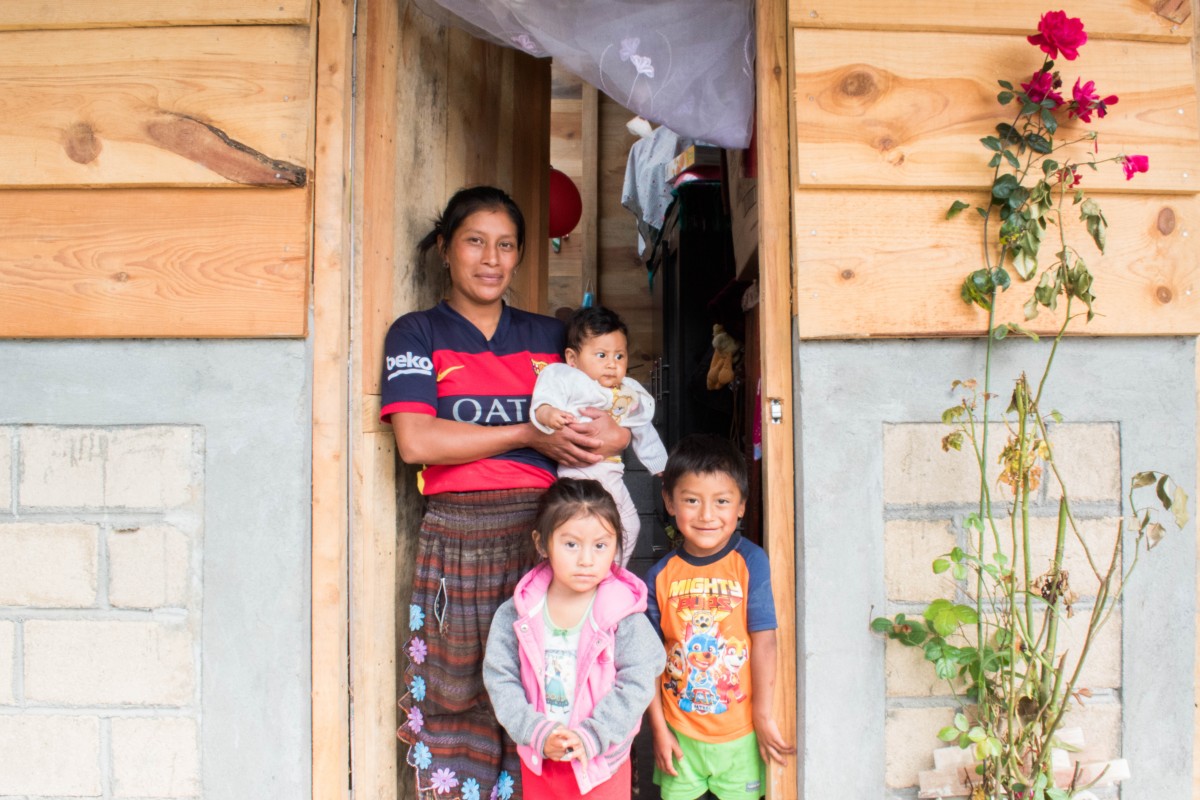


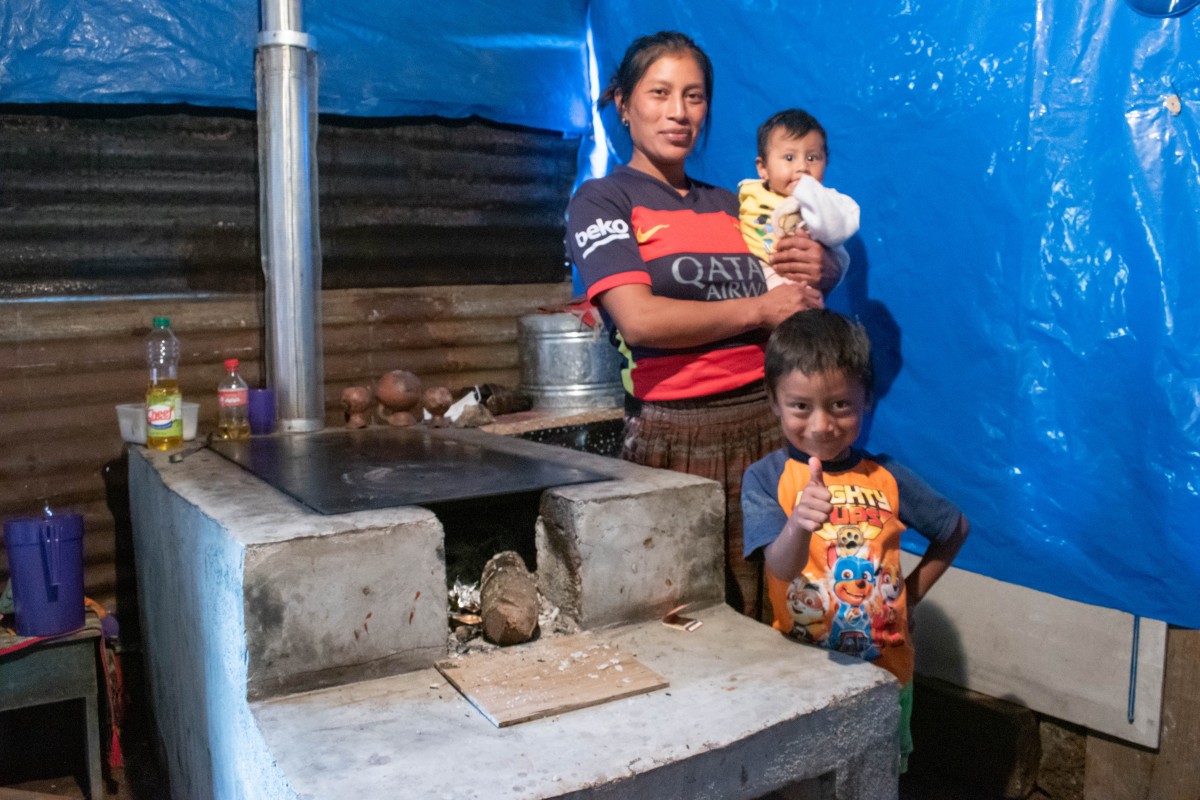
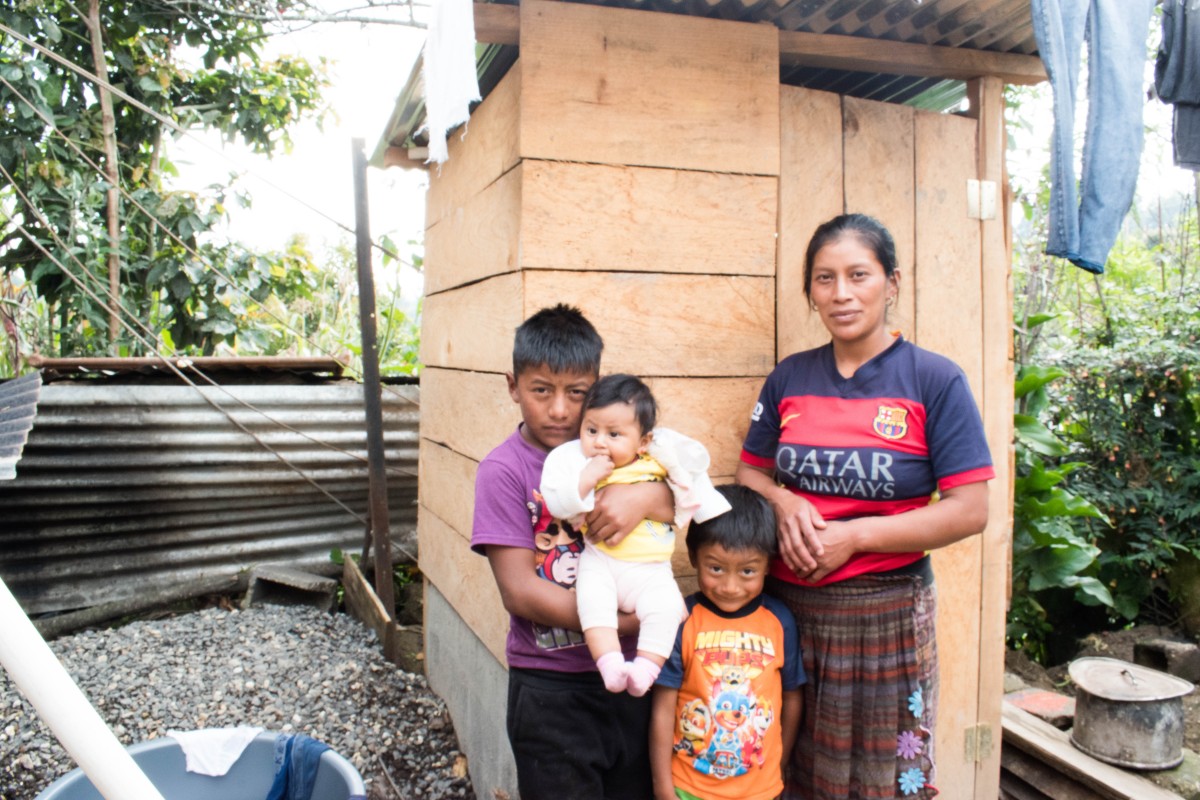
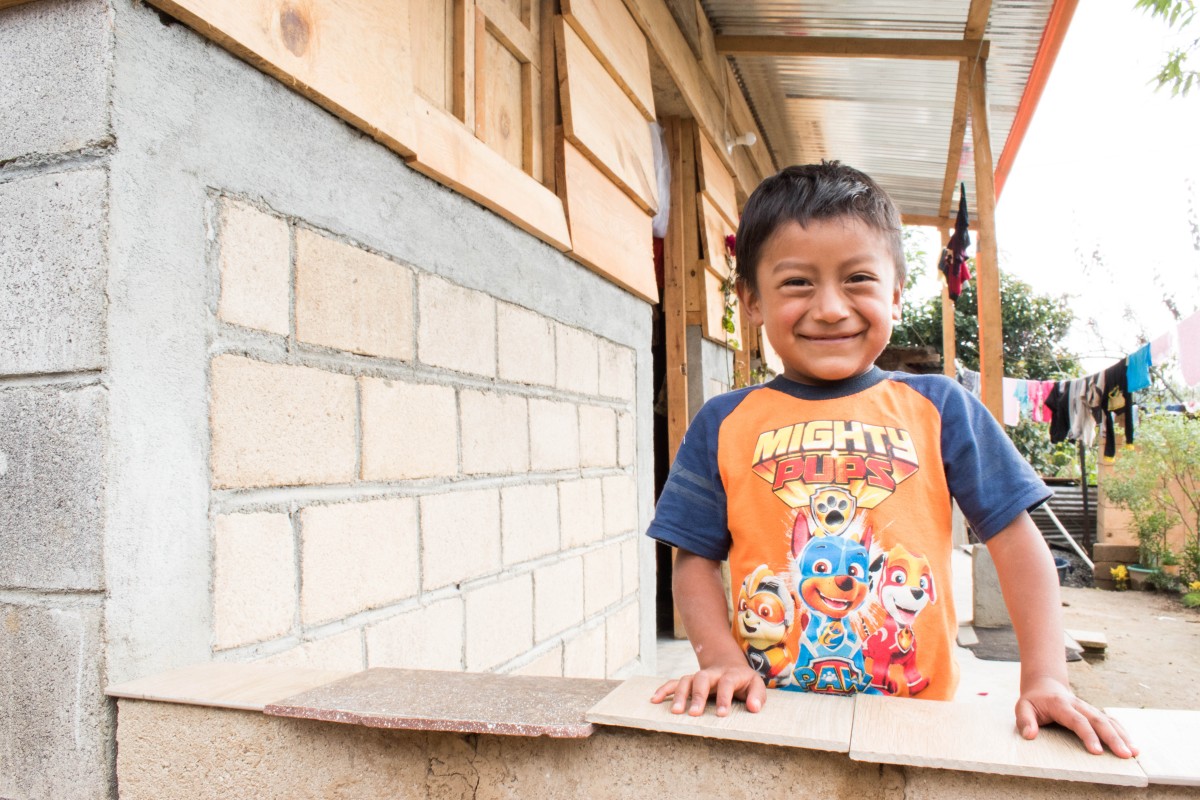
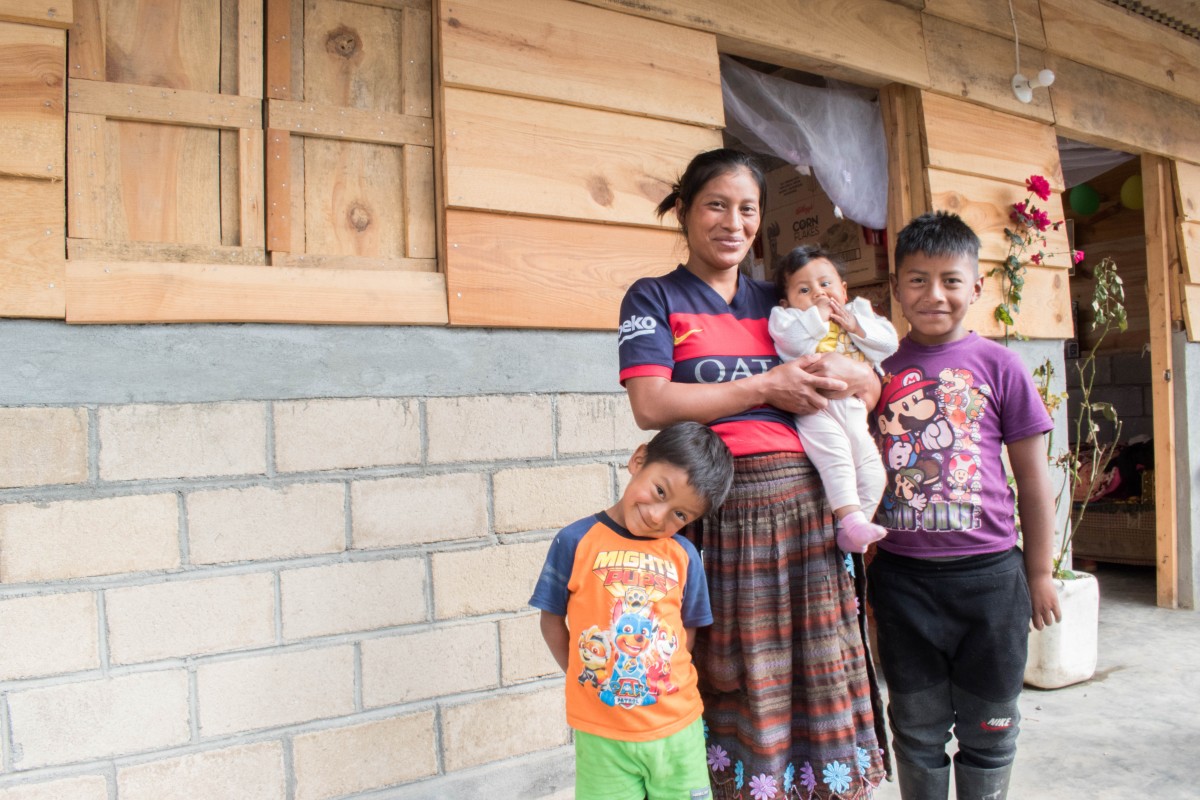






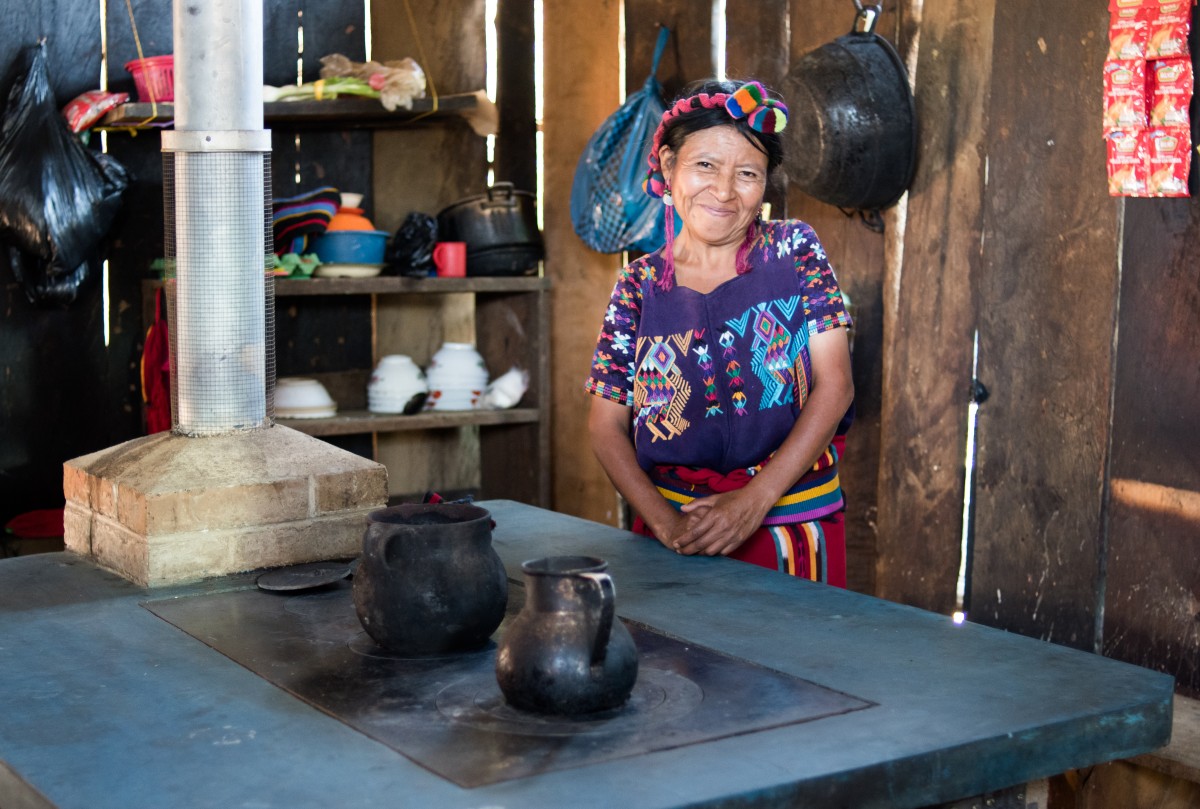
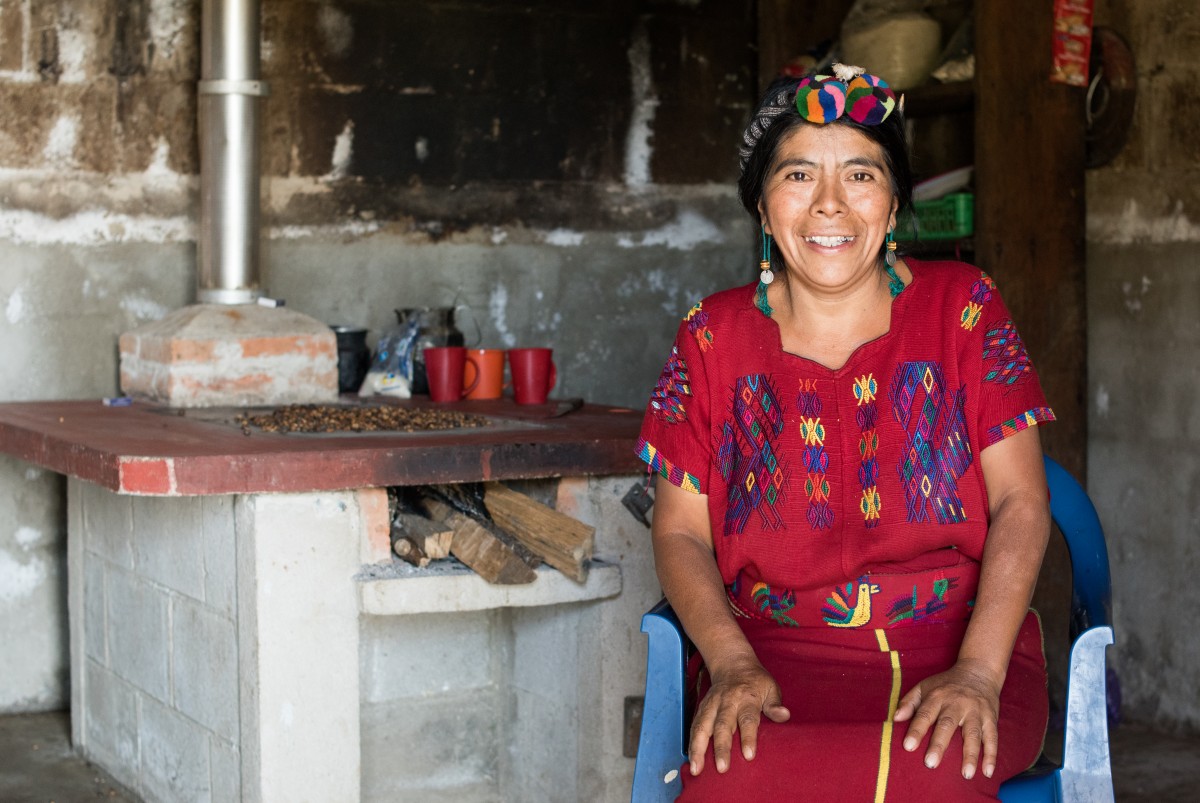
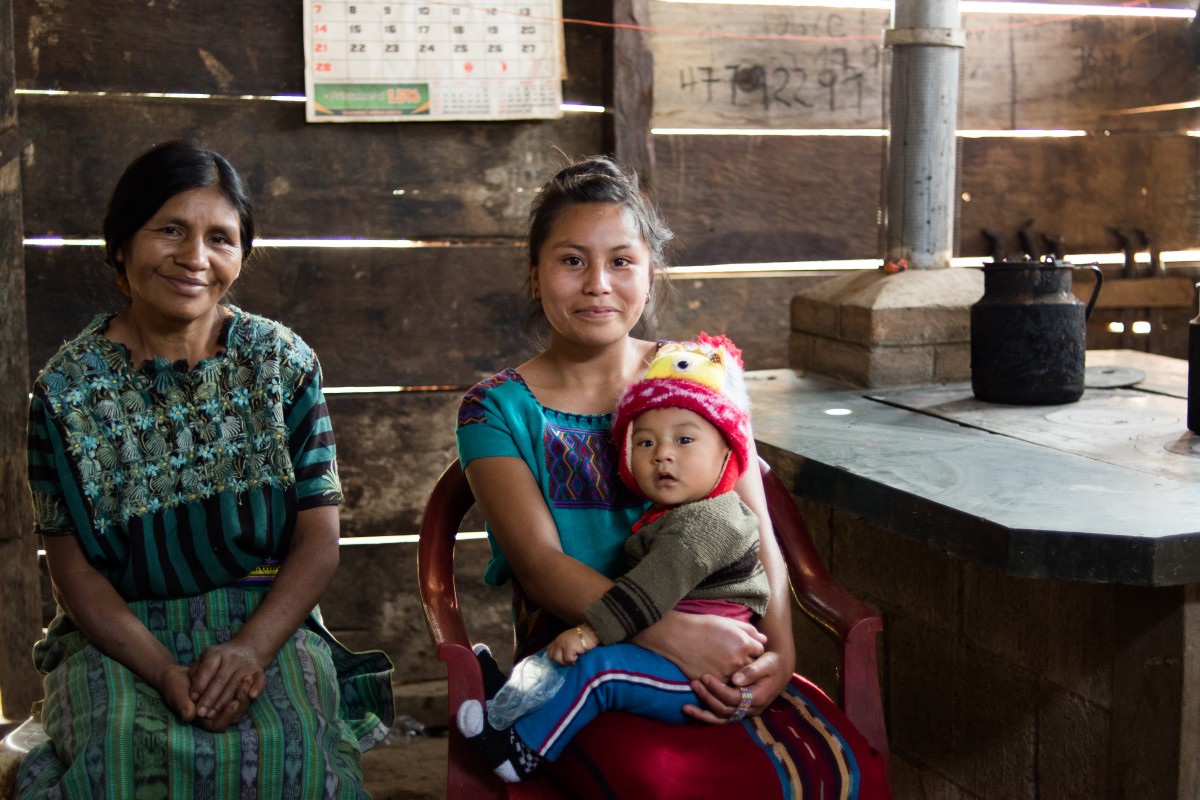


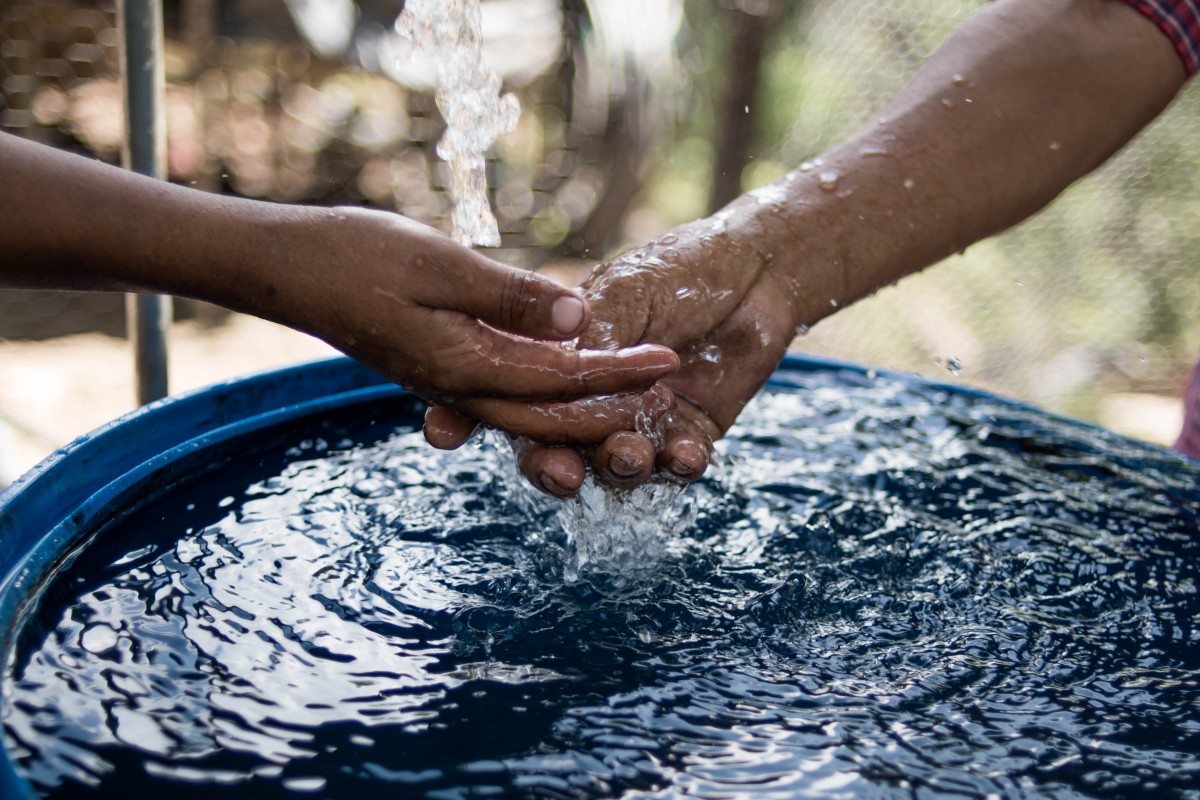
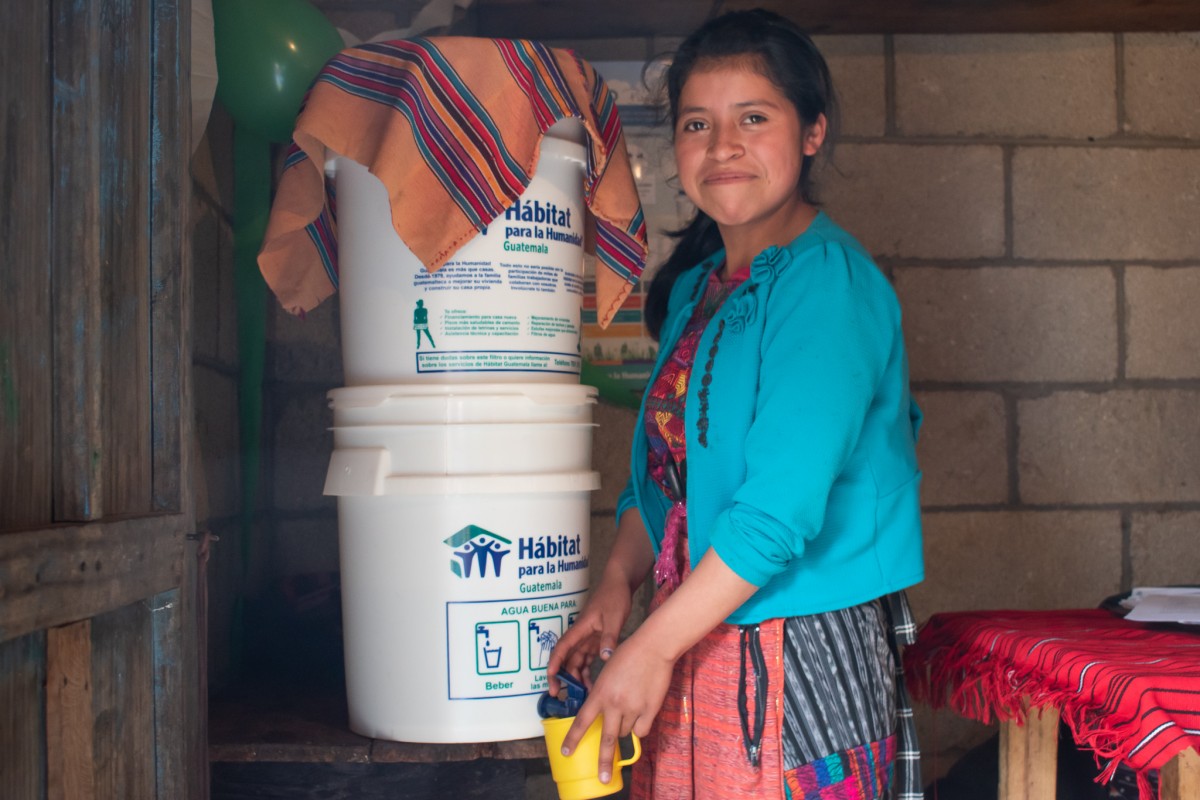
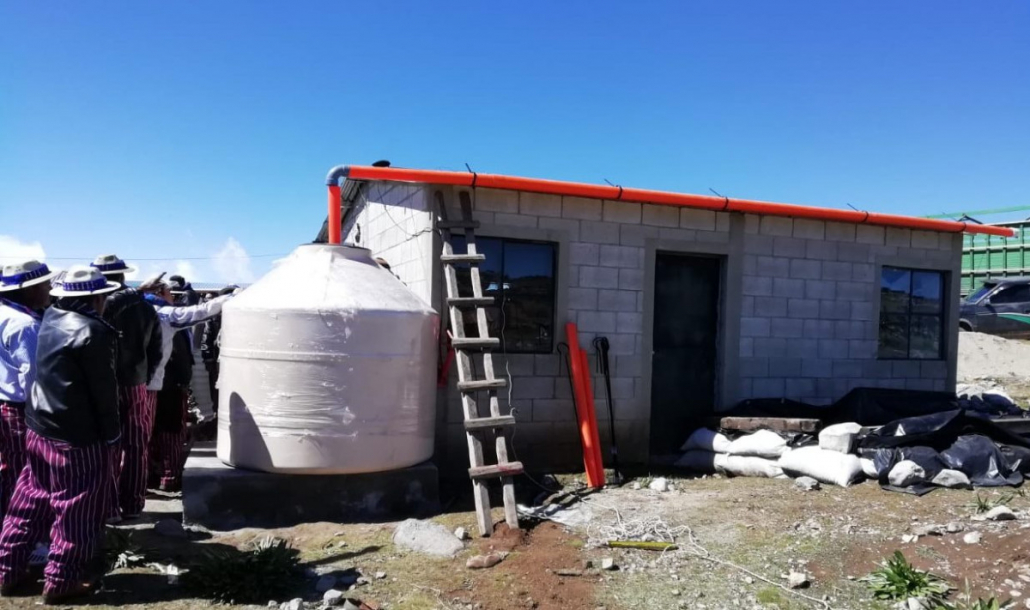
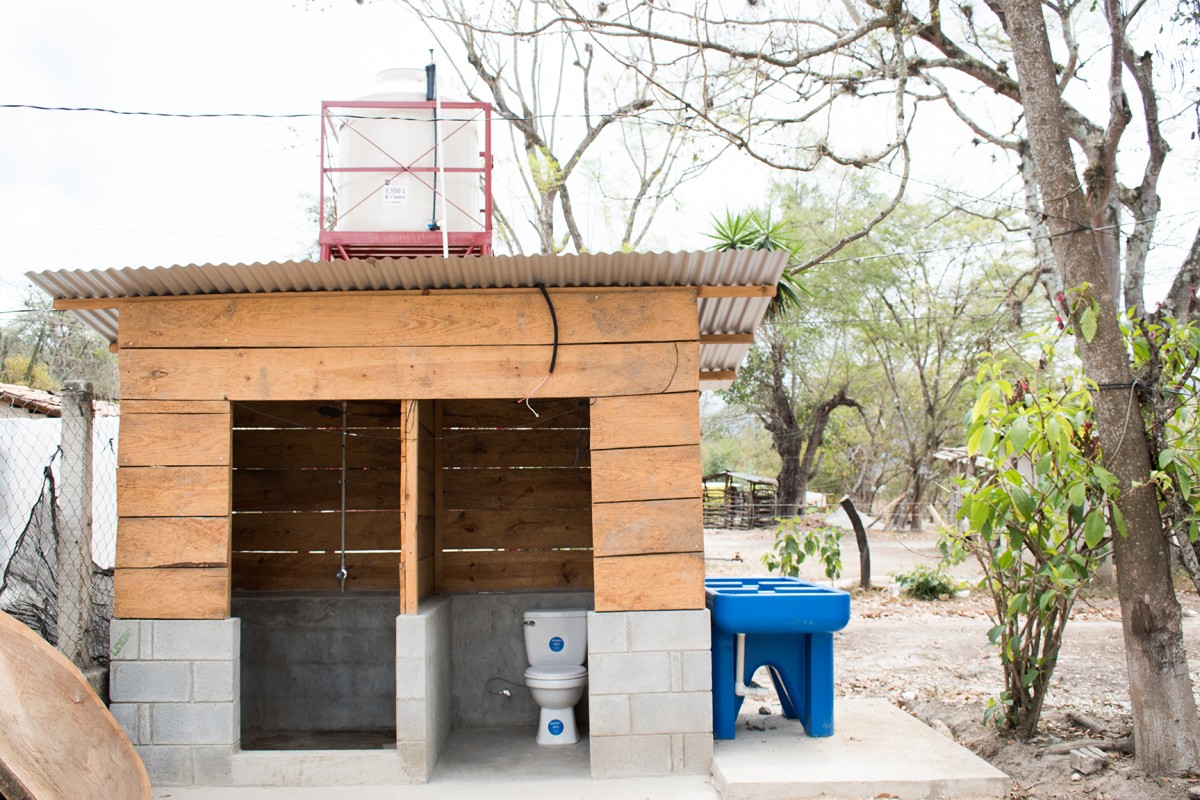
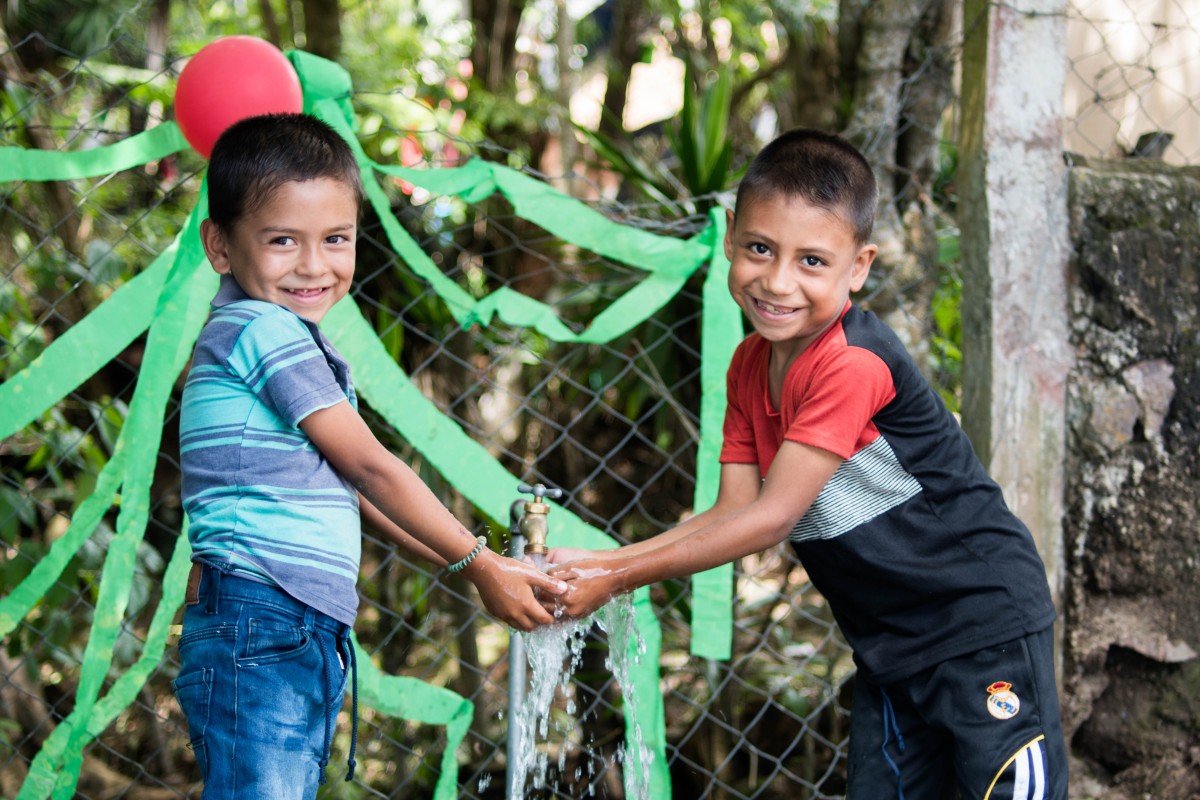

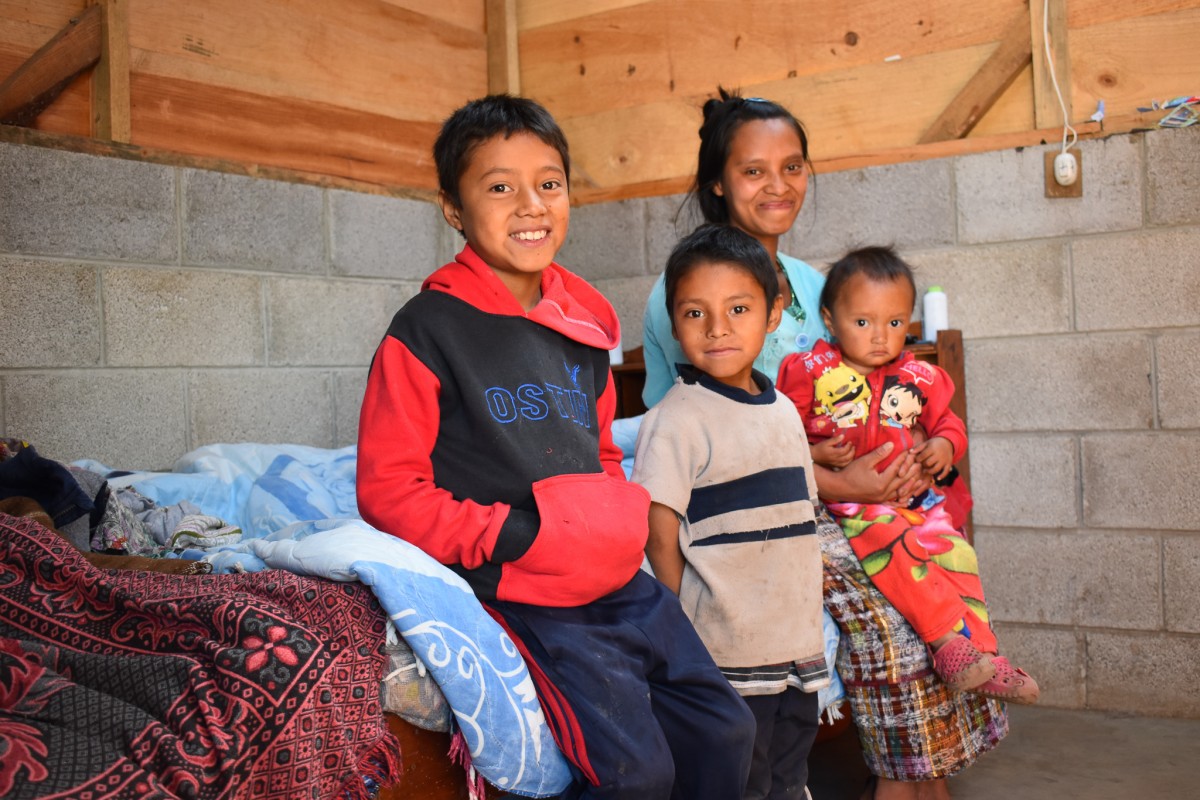

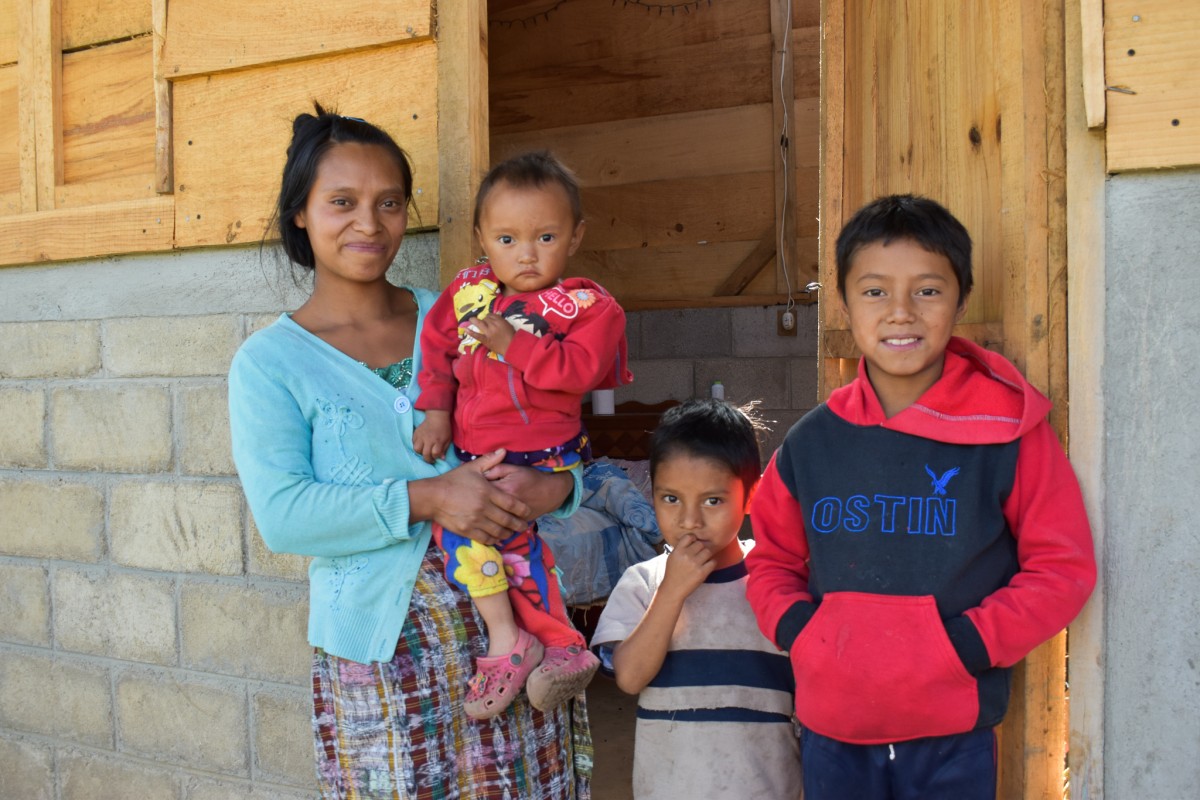
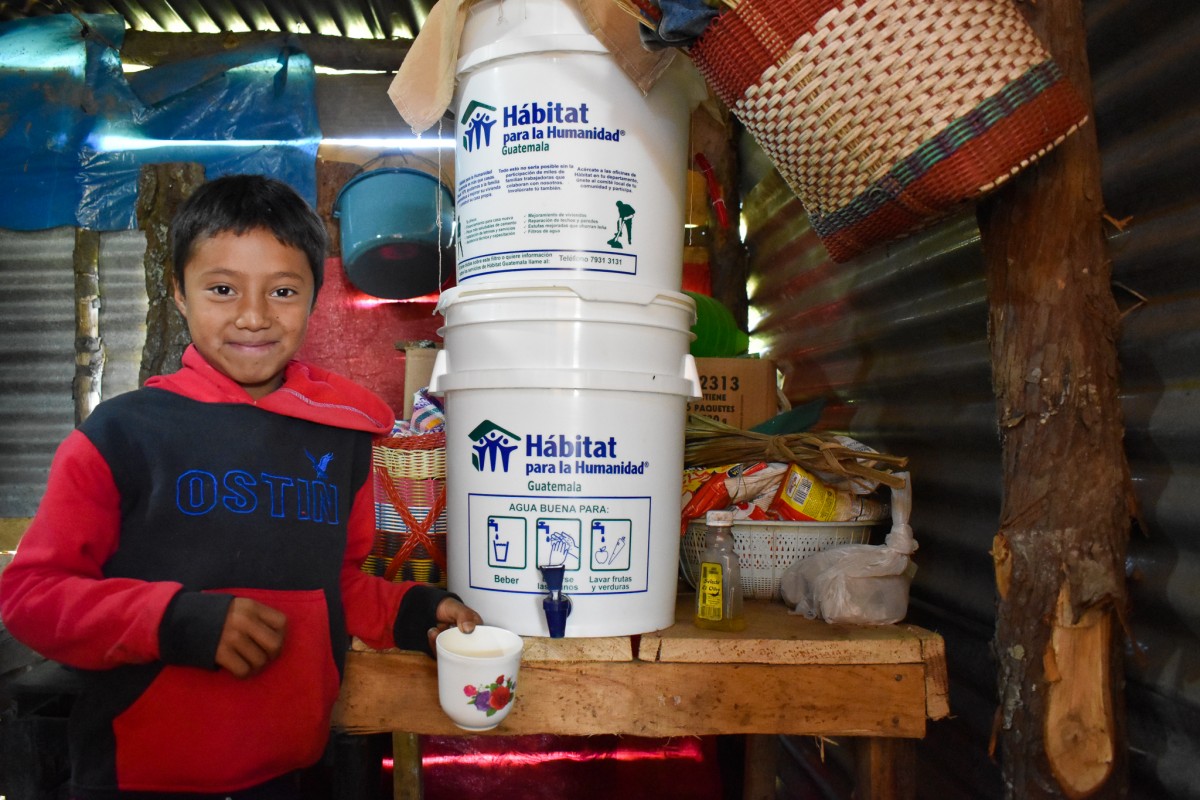
 S
S